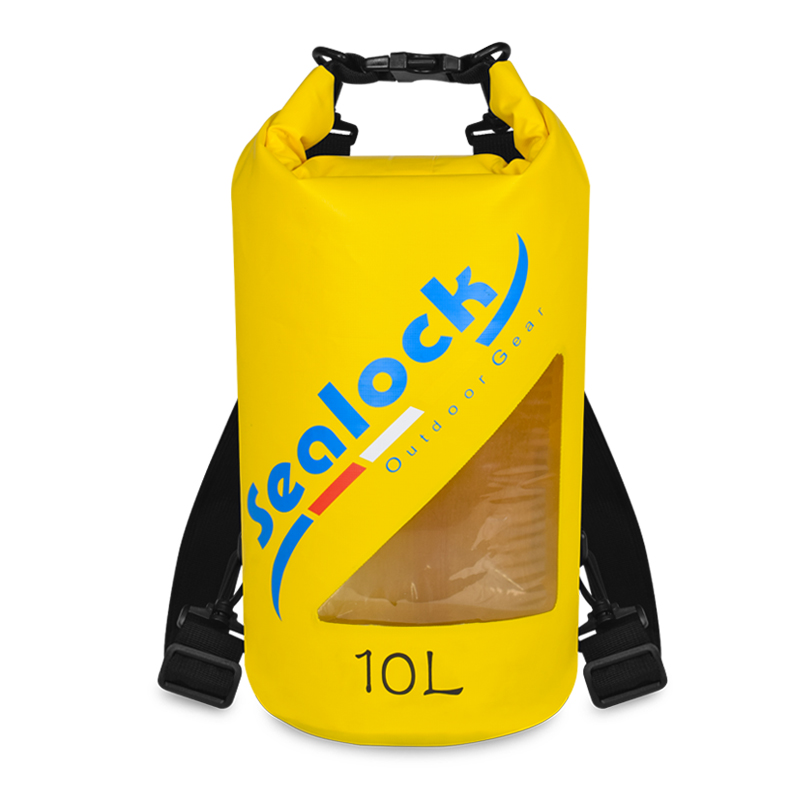Unyielding Guardianship: The Durable Armor of Dry Bag Construction
2023-12-11
Introduction:
In the rugged landscapes of outdoor exploration, where unpredictable conditions prevail, the durability of gear can make the difference between a memorable adventure and a daunting challenge. The construction material of a dry bag, particularly in the case of the 20-liter version with a window, stands as a crucial factor in determining its performance in challenging outdoor conditions. In this blog, we'll delve into the robust materials used in the construction of dry bags, understanding how they form an unyielding armor against the elements.
1. PVC (Polyvinyl Chloride):
- Industrial Strength:
PVC is a widely used material known for its industrial strength and resistance to abrasions and tears. Dry bags constructed with PVC are capable of withstanding rough handling and harsh outdoor conditions.
- Waterproof Integrity:
PVC provides an effective barrier against water, ensuring that the contents of the dry bag remain dry even in wet and challenging environments.
2. TPU (Thermoplastic Polyurethane):
- Flexibility and Durability:
TPU is valued for its flexibility and durability. It can withstand bending, stretching, and impacts, making it an ideal choice for the construction of outdoor gear.
- Abrasion Resistance:
TPU-coated dry bags exhibit excellent abrasion resistance, making them resilient against wear and tear, especially when in contact with rough surfaces.
3. Nylon with Waterproof Coating:
- Lightweight and Tough:
Nylon is celebrated for its lightweight yet tough nature. When combined with a waterproof coating, it becomes a formidable choice for constructing dry bags that are both durable and water-resistant.
- Tear Resistance:
Nylon's inherent tear resistance adds an extra layer of protection, ensuring that the dry bag can endure the challenges posed by rugged terrains.
4. Welded Seams:
- Seamless Integration:
Many high-quality dry bags feature welded seams rather than traditional stitched seams. Welded seams create a seamless integration of the material, eliminating potential weak points that could compromise the bag's durability.
- Waterproof Seal:
The welding process not only enhances durability but also contributes to a waterproof seal along the seams, preventing water from seeping into the dry bag.
5. Reinforced Closure Areas:
- Combatting Stress Points:
Closure areas, such as the roll-top and attachment points, are often reinforced to withstand stress and tension. This reinforcement ensures that these critical areas remain resilient under pressure.
Conclusion:
The durability of the material used in the construction of a dry bag is a cornerstone of its reliability in challenging outdoor conditions. PVC, TPU, nylon, and other advanced materials, coupled with welding techniques and reinforced areas, form a robust defense against abrasions, tears, water, and impacts. When venturing into the great outdoors, the durability of your gear is not just a feature—it's the assurance that your equipment will stand resilient against the tests of nature, allowing you to focus on the thrill of the adventure rather than worrying about the durability of your dry bag. Embrace the durability, conquer the elements, and let your dry bag be the unyielding guardian of your gear in the face of the unknown.



